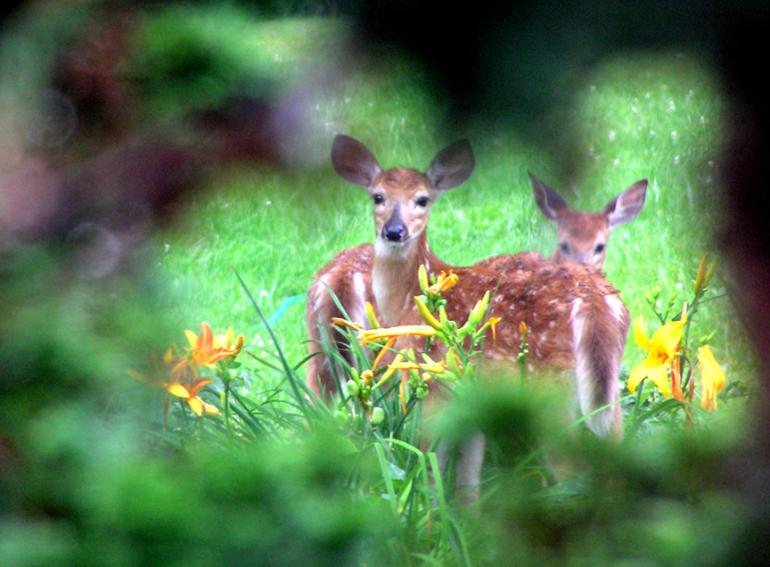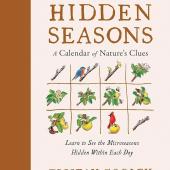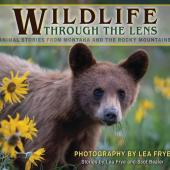Oh Deer
How to keep Bambi out of your garden.
Few things are more picturesque than a deer trotting through a field—unless it’s on its way to your garden. That’s when Bambi turns into a destructive pest that you don’t want around. It’s happening more and more as deer populations grow and humans build homes in what was once rural deer habitat.
What do deer eat? Anything vegetative, although they become less picky the hungrier they get (just like humans). They also eat a lot. The average adult male can consume more than five pounds of food each day.
No matter what method you choose to fight the scourge, early intervention is best. It’s much easier to deter deer before the herd has decided that your backyard is the best dining spot in town. When it comes to protecting your garden, there are six broad categories of deer repellent.
Fencing
This is generally considered the best remedy, though it can be pricey. The conventional deer-proof fence is eight feet high and features woven wire. You may be able to get away with a shorter fence as deer are opportunistic nibblers and any barrier may be enough to dissuade them if there is alternative food in the area. Sometimes something as simple as a plastic snow fence is enough to keep them out of your yard. Other times, you’ll need a permanent structure that’s taller and stouter. To take things up a notch, consider electric fencing—though it is definitely the least friendly to the deer.
Repellents
Repellents can range from a 99-cent bar of deodorant soap (hang near your plants with a string) to spray-on applications that feature coyote urine. Among commercial repellants, Rutgers University ranked Deer Off as the “most effective” of 35 different deer repellents tested. Application frequency depends on the time of year, the amount of rain you’re receiving, how anxious the deer are for food, and what type of deer are foraging on your property. Depending on the repellent used, you may have to apply it every couple of weeks or just every couple of months.
Motion-Activated Sprayers
Even deer don’t like an unexpected cold blast of water. Check out YouTube to see how effective (and hilarious) these sprayers can be. The main advantages here are 1) it’s just plain old water, no chemicals or nasty smell; and 2) it works on other animals, too. Just remember that a cold night may freeze up the lines and render the device useless.
Ultrasonic Devices
Also motion-activated, these don’t play music for deers’ ears, but instead emit noise they can’t stand. Kind of like playing “Heavy Metal” for your grandmother who loves Lawrence Welk.
Netting
Great for small trees. It allows them to get sun and rain, but keeps the deer away. Netting is inexpensive and versatile, but does require a bit more attention to maintain the most effective positioning.














